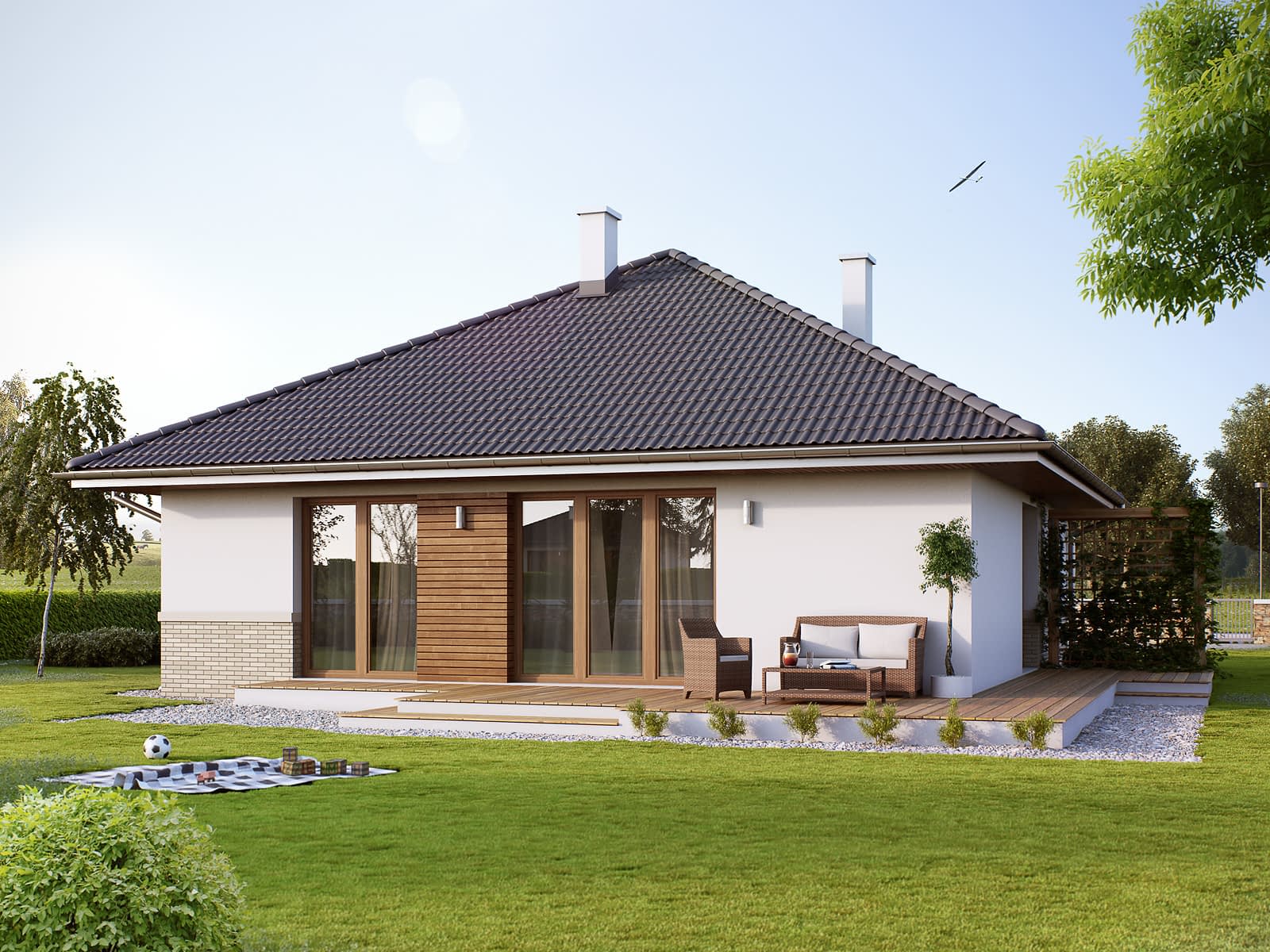





A link to download your FREE brochure will be in your inbox in 3 minutes



















The final price may vary based on project specifics.
To get a free accurate quote tailored to your needs, book a consultation with us today!

The price per square foot provided is an average and may vary depending on project-specific details such as materials, location, complexity, and other factors. Actual costs may differ from the average provided.
It is recommended to obtain a detailed quote based on the specific requirements of your project.

Please note that the monthly payment displayed on this page is an estimate and is subject to variation based on the selected loan product, applicants credit score, loan amount, and other financial details. Actual monthly payment may differ from the estimate provided.
It is recommended to seek advice from a financial advisor or loan officer to obtain precise payment information tailored to individual circumstances.
 Your Trusted
Local Contractor
Your Trusted
Local Contractor
Once upon a time, houses were just that – houses. Today, the traditional concept of housing has been transformed, and accessory dwelling units (ADUs) have become an integral part of this transformation. These unique small manufactured home options bring an unmatched allure of flexibility and functionality to your property.
But the question that lingers in the minds of many homeowners is, “what qualifies as an accessory dwelling unit (ADU)?” Buckle up as we take you through a journey to answer this intriguing question.
Taking the leap into the world of ADUs is akin to embarking on an exhilarating voyage. It’s not just about increasing your property’s physical footprint. It’s about venturing into a realm of fresh possibilities and opportunities. With that in mind, it’s imperative to do your groundwork beforehand. Familiarize yourself with the local laws, weigh your needs, and strategize accordingly.
Whether your ADU serves as a haven for family, a source of rental income, or a value-booster for your property, it can prove to be a wise and satisfying venture. Are you geared up for this thrilling ADU expedition?
An accessory dwelling unit is essentially a secondary house or a separate dwelling unit on the same lot as an existing single-family home. Now, you may wonder, can your basement apartment, guest house, or that tiny house in your backyard qualify as an ADU? Absolutely! As long as it provides complete independent living facilities for one person or more, it fits the bill. These separate facilities should include a sleeping area, a kitchen, and bathroom facilities.
ADUs come in different forms. You can structure them as an interior conversion within the existing house, a detached ADU such as a guest house or tiny house, or an attached ADU such as an apartment over the garage – read more about here – https://aplusconstructionremodeling.com/adu-builders/. Also, a property owner can transform an existing garage into an ADU or build a brand-new construction.
As a rule of thumb, if it looks and functions like a small-scale house on the same property as a primary dwelling, it probably qualifies as an ADU.
Along with other factors, one of the greatest appeals of an ADU is its versatility. The possibilities are endless. If you have dreamt of finding an additional income that would fully cover your monthly expenses or lacked existing space to permanently house family members (elderly family member or recent graduate), a secondary dwelling unit with separate entrance is perfect for you!
From housing elderly family members to providing rental income, the accessory dwelling unit is more than just an additional living space – it’s a potential game-changer. It can serve as a home for your in-law units, offer affordable housing for tenants, or even become a private retreat for your guests. In essence, an ADU provides additional housing options without the need to invest in new property or pay additional property taxes.
While the idea of an ADU might sound appealing, it’s not a matter of simply constructing a separate living space on your property. It’s also a question whether your second unit will get permitted. In fact, compliance with all rules is pretty confusing without following step-by-step guide.
ADUs must comply with local zoning rules, development and maintenance norms and additional requirements set forth by the local government. These may include factors such as minimum lot size, maximum ADU size, parking requirements, and limitations on the type of ADU (attached, detached, or interior conversion). Keep in mind that these standards can vary significantly from one city to another. So we recommend you to apply to a professional ADU building company in your local area for additional information.
Beyond the practical benefits, adding an ADU to your property can significantly increase its value. According to a study by Freddie Mac, homes with ADUs tend to sell for an average of 29% more than comparable properties with the main house only.
So whether it’s a granny flat, an existing garage converted into an apartment or a brand-new detached ADU, these structures can give your property a significant financial boost.
As accessory units, ADUs are typically smaller than the primary dwelling. However, the size can vary based on your needs and local regulations. For instance, some cities allow ADUs to be as large as 1,200 square feet, while others limit the size to a percentage of the primary home’s living area.
Remember, whether it’s a tiny house or a spacious garage apartment, the accessory dwelling unit
should align with your lifestyle needs and long-term goals. Do you want to accommodate one family member to a few? How big should your sleeping area be so that it’s comfortable for permanent use? Will your ADU require maintenance in big amounts? All these depend on the space of your accessory unit.
This question often arises among property owners planning to add an ADU to their plot of land. The answer largely depends on your local zoning laws. Most city zoning regulations dictate a certain setback from the property line for any new construction, including ADUs. It’s always wise to check with your local city planners for an accurate understanding of what’s permissible in your area.
As they coexist on the same lot, typically, accessory dwelling units can happily share utilities with the main residence. And in many cases, it turns out cheaper for both primary residence owners and carriage house tenants in terms of bills. That being said, certain local guidelines may stipulate the need for distinct ADU connections. It’s always a wise move to touch base with local officials to get a clear picture of how to build these accessory single family dwellings in full compliance with the law.
Tiny houses can indeed fall under the umbrella term of an accessory dwelling unit. However, it’s essential to note that not all ADUs come in the form of tiny houses. The ADU category is a diverse one, including but not limited to tiny detached and attached ADU houses, over-the-garage apartments, and basement refurbishments.
There is no fixed answer to this question, as the cost of constructing an ADU can fluctuate based on a myriad of factors such as size, geographic location, and architectural design. A separate item of expenditure is the process of getting your ADU unit permitted. To gain a precise estimate of potential in-law units development costs, it would be beneficial to have a discussion with a professional in the field.
Absolutely! A good number of homeowners construct accessory dwelling units with the intention of generating rental income. Nonetheless, the potential for ADU rentals can be influenced by local ordinances, so it’s crucial to be well-versed in these.
More often than not, integrating an ADU into your real estate structure can augment its value, leading to a potential rise in taxes. The exact impact, though, would be contingent on local taxation laws and the amount of value the ADU contributes to the property.
Get a First Look at Real ADU Projects